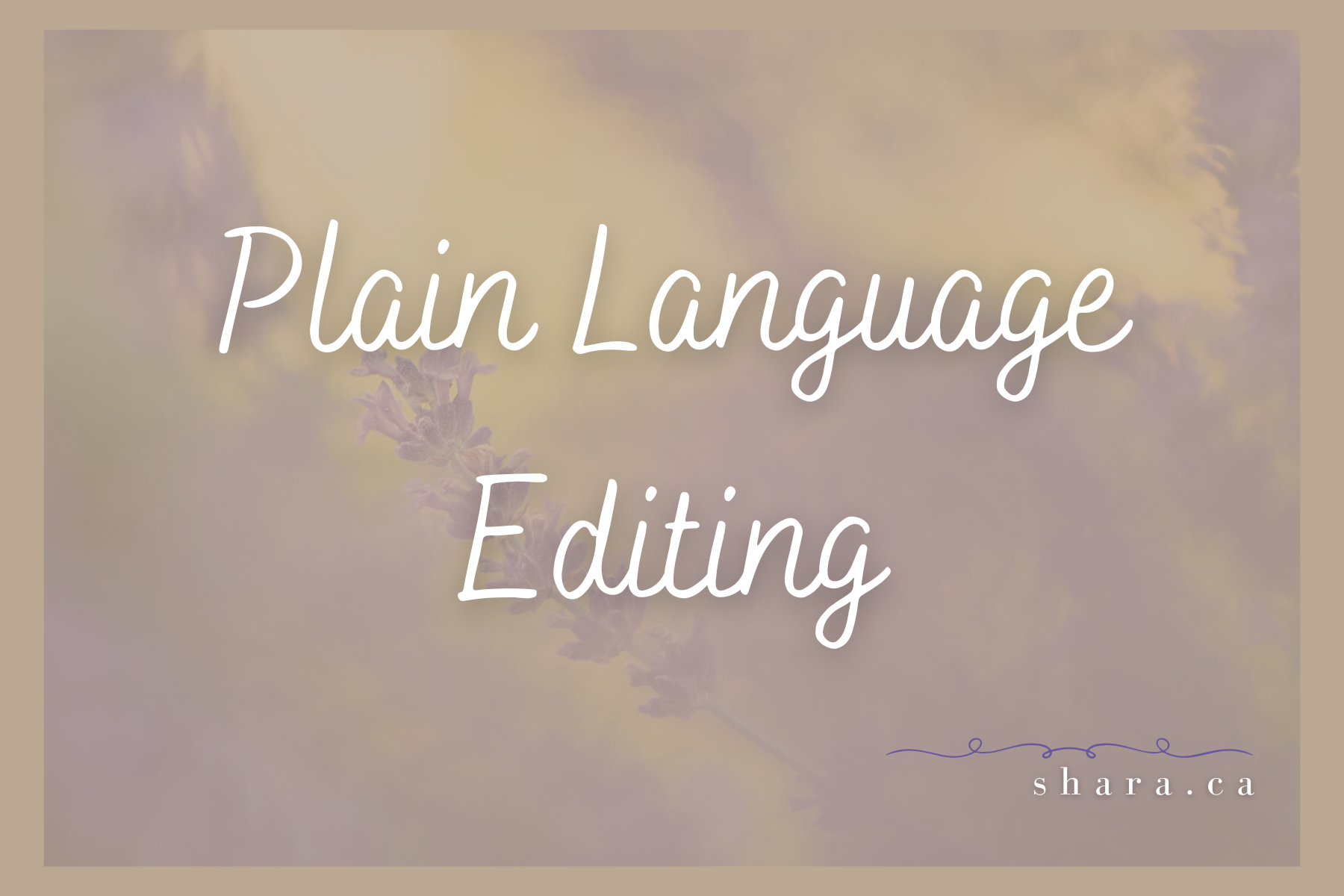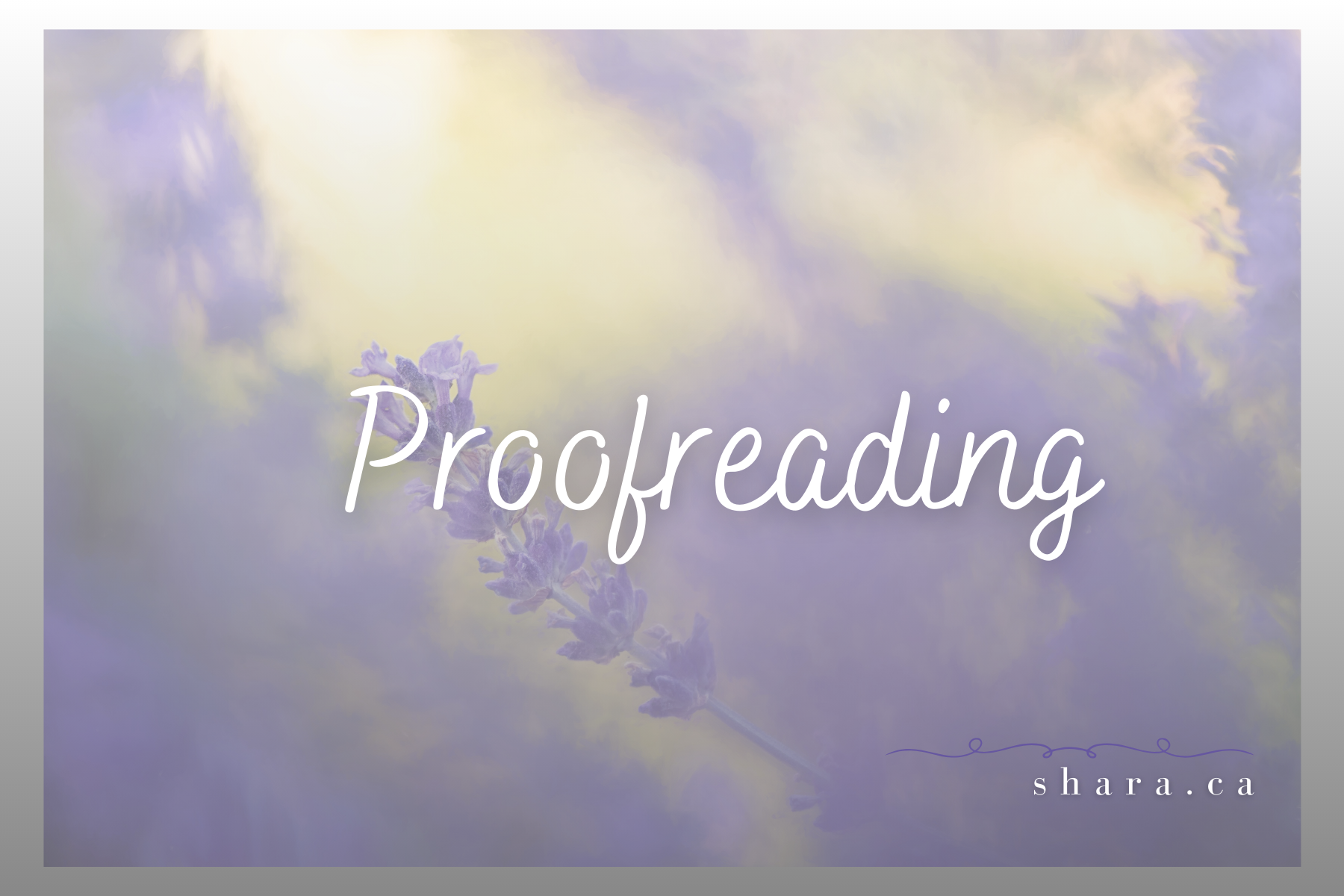10 Grammar Myths Writers Can Choose to Ignore
with Examples
Every fiction writer has an inner “grammar teacher” lurking over their shoulder – that stern voice reciting all the rules you learned in school.
Split no infinitives!
End no sentences with prepositions!
Never ever use fragments!
It’s enough to give any creative writer a case of writer’s block. The truth is, many so-called grammar “rules” are really myths or oversimplifications. Language is flexible, especially in storytelling. In this post, we’ll chat about ten widely believed grammar myths that often spook narrative writers – and why you can confidently (and sometimes humorously) break them. Grab your red pen as we bust some myths!
Myth 1: Never Start a Sentence with a Conjunction
The Myth: Starting with and, but, or because is supposedly wrong.
Why It’s Wrong: This “rule” was invented to stop kids from writing fragments. Adult writers can do it freely, and many professional authors and style guides encourage it.
Storytelling Example: But wait – there’s more. Or: Because it was nearly midnight, she double-checked the lock again. Both are perfectly fine.
Bottom Line: Feel free to start sentences with conjunctions. And because it works.
Myth 2: Never End a Sentence with a Preposition
The Myth: Ending with words like with or from is forbidden.
Why It’s Wrong: The ban comes from Latin, not English. In English, avoiding a final preposition usually makes sentences awkward.
Storytelling Example: “What are you waiting for?” sounds natural. “For what are you waiting?” sounds like a Victorian butler.
Bottom Line: Sometimes a preposition is just the right word to end on.
Myth 3: Never Split an Infinitive
The Myth: Don’t put words between to and its verb.
Why It’s Wrong: This rule was copied from Latin, where infinitives are one word. In English, splitting them is fine.
Storytelling Example: To boldly go where no one has gone before is much stronger than to go boldly.
Bottom Line: Split that infinitive if it sounds right. To joyfully write is wonderful.
Myth 4: Never Use Sentence Fragments
The Myth: Every sentence must be complete, with subject + verb = full thought.
Why It’s Wrong: In narrative writing, fragments aren’t errors — they’re tools. They can sharpen emotion, speed up pacing, or mimic real thought.
Storytelling Example:
Myth version (forced completeness): “There was no time left, and it wasn’t enough.”
Better with fragments: “No time. Not enough.”
Myth version (complete but flat): “She was alone.”
Better with fragment: “Alone.”
Bottom Line: A well-placed fragment can land harder than a “proper” sentence. Use them intentionally, not accidentally.
Myth 5: The Passive Voice Is Always Wrong
The Myth: Passive voice is bad writing.
Why It’s Wrong: It’s not wrong; it just emphasizes the receiver of action. It can add mystery or shift focus.
Storytelling Example: Grandma got run over by a reindeer highlights Grandma. A reindeer ran over Grandma highlights the reindeer.
Bottom Line: Active is usually clearer, but passive has its place.
Myth 6: Never Use Adverbs
The Myth: Adverbs are the devil’s work.
Why It’s Wrong: Overusing them weakens prose, but banning them is absurd. Sometimes an adverb is the simplest, clearest choice.
Storytelling Example: Suddenly, the lights went out. The word “suddenly” works just fine.
Bottom Line: Adverbs are like salt – a little enhances, too much overwhelms.
Myth 7: Use “Whom”
The Myth: You’re wrong if you use who when it should be whom.
Why It’s Wrong: Whom is disappearing in modern English. Using who is natural and acceptable in most contexts.
Storytelling Example: “Who are you going to the prom with?” vs. “With whom are you going to the prom?”
Bottom Line: Use whom when it fits, but don’t contort sentences just to force it in.
Myth 8: Contractions Don’t Belong in Narrative Writing
The Myth: Good writing avoids contractions.
Why It’s Wrong: That applies to academic papers, not fiction, and even then, there’s wiggle room. Contractions create natural rhythm and sound authentic.
Storytelling Example: “I can’t believe it’s you. We’ll never be apart again.” How human. “I cannot believe it is you. We will never be apart again.” How robotic.
Bottom Line: Don’t fear contractions – they make writing more readable.
Myth 9: The Singular “They” Is Not Proper Grammar
The Myth: They can only be plural.
Why It’s Wrong: Writers from Shakespeare to Austen used singular they. It’s been around for centuries and today is standard English. Just like preferring Jacklyn to Jackie, it helps people express their identity.
Storytelling Example: “Someone left their umbrella.” Is natural. “Someone left his or her umbrella.” Feels forced.
Bottom Line: Singular they is correct, inclusive, and here to stay.
Myth 10: Double Negatives Are Always Wrong
The Myth: Two negatives cancel each other out.
Why It’s Wrong: In standard English, avoid unintentional double negatives. But litotes (“not bad”) and colloquial speech (“I ain’t got no time”) are valid stylistic tools.
Storytelling Example: “I can’t get no satisfaction” has far more punch than “I can’t get any satisfaction.” Just ask Mick jagger.
Bottom Line: Double negatives can add nuance or voice. Use them intentionally.
Conclusion
Grammar rules can feel like boogeymen for writers, but many are myths carried over from school or misapplied from Latin. The real test is clarity and voice.
If your sentence is clear and true to your characters or narrator, you’re in safe territory.
Don’t let old myths trip you up – start sentences with And, end them with prepositions, split those infinitives, and yes, even use a fragment now and then.
Write boldly, playfully, and confidently.



